1) Put down your utensils between bites.
Last week, we talked about how eating more slowly is a great way to eat LESS and feel MORE satisfied. This strategy (and a few of the others on this list) will help you do just that. Do you ever find yourself getting your next bite on your utensil and ready to go in your mouth while still chewing on the previous bite? I thought so. I'm guilty of this from time-to-time as well.
There is approximately a 20-minute delay between the time we're actually full and when the signals from the stretch receptors in our stomachs reach our brain, telling us we're full. When eating too quickly, it is very easy to overeat by a large margin. Put your utensils down between bites and enjoy your dinner company.
2) Use different utensils or eat with your nondominant hand.
As I mentioned, several of the strategies in this article will be based on slowing down your eating. This one is no exception. Try eating with chopsticks. Unless you love Japanese food as much as I do, chances are this will slow down your mealtime considerably. If you're a chopstick ninja, try eating with your nondominant hand. As an added benefit, using your nondominant hand builds new pathways in the brain, improving coordination.
3) Eat with slow eaters.
There's always that one person in the group when you go out that just takes forever to finish their food. Instead of poking fun and trying to rush them, maybe you should slow down and pace your eating with theirs. Not only will this help with satiety (feeling full), which will lead to eating less, it will likely make the time spent with your company more enjoyable as well.
4) Set aside time to eat.
Set aside 20-30 minutes for each meal (preferably even longer for dinner). Don't just eat whenever you can "squeeze it in". Eating is extremely important. During your mealtime, you're fueling your body and possibly spending some time with family and friends as well. Don't rush it.
If purposely slowing down drives your productivity driven mind crazy, think about it this way: taking set meal breaks gives your brain a chance to rest, allowing you to focus more intensely on your work when you come back to it. I can vouch for this with first hand experience.
5) Don't (mindlessly) snack.
This strategy is the other side of strategy 4's coin. If we're being intentional to have set meals, we should also be intentional in not eating outside of those meals. America as a whole (and likely the rest of the developed world) is really bad at estimating Calorie intake. [1]
A large part of this is snacks that aren't intentional and go unaccounted for. The average person will have several hundred Calories of snacks each and every day. If you fit in this category, your fat loss efforts are being dramatically hampered. If you're going to snack, do it intentionally. Choose low-Calorie snacks that are filling. (My personal favorite is Dannon light and fit greek yogurt with half of a cup of raspberries or blackberries thrown in.)
Practice Makes Perfect
If you find yourself being unintentional with food or rushing through meals, that’s okay. Stop. Take a breath. Try again. These likely aren't habitual and will take practice. I believe in you and your ability to adopt these new habits. :)
If you liked these strategies, check out the original article: "Six Ways to BOOST Your Fat Loss"
Thank you so much for reading! If you found this information helpful and think others will benefit from it as well, please give this article a share on social media. It helps us out more than you know. If you like what I have to say, sign up below to become a Treadaway Training insider and never miss a post or video. I will be back next week with another fat loss topic. As always, God bless you AND your family and I'll see you next week.
References:
[1] Lichtman, S.W., Pisarska, K., Berman, E.R., ... Heymsfield, S.B. (1992) Discrepancy between Self-Reported and Actual Caloric Intake and Exercise in Obese Subjects, The New England Journal of Medicine, 327, 1893-1898 DOI: 10.1056/NEJM199212313272701


